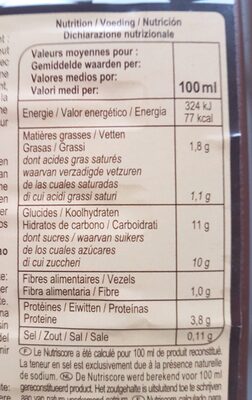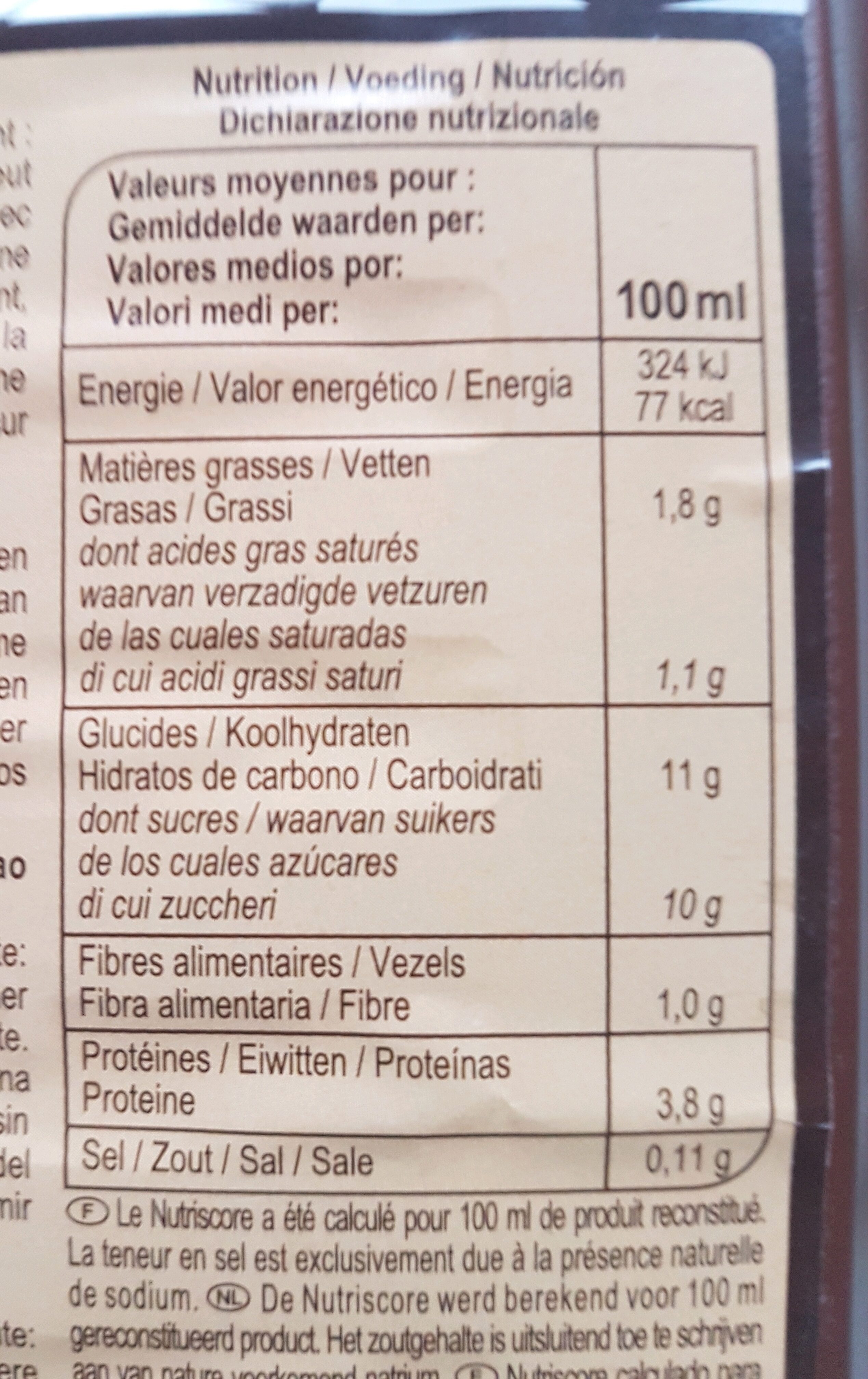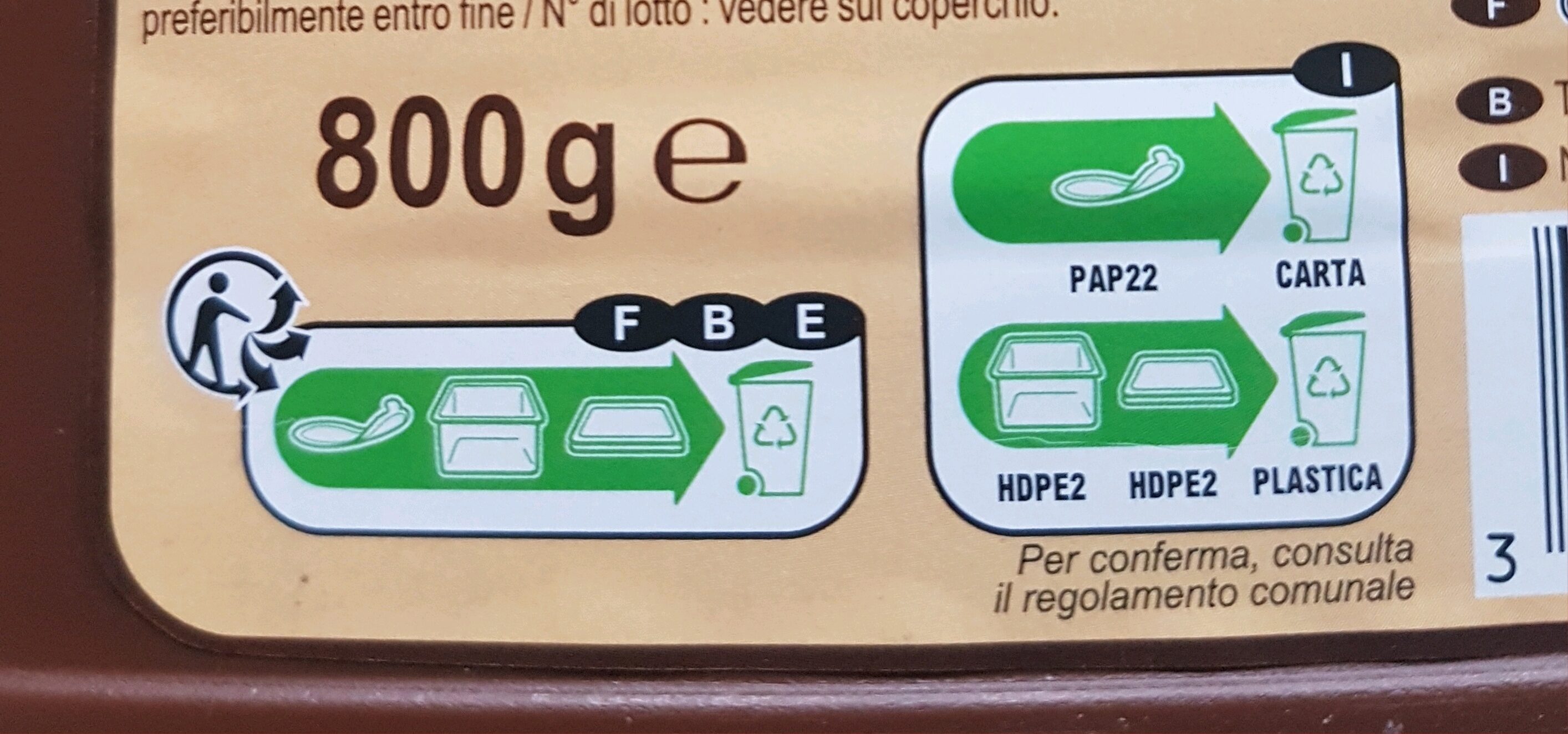Cacao intense - Carrefour - 800 g
Aquesta pàgina del producte no està completa. Podeu ajudar a completar-la editant-la i afegint-hi més dades a partir de les fotos ja disponibles, o fent-ne més amb l'aplicació de androide o iPhone / iPad. Gràcies!
×
Algunes de les dades d’aquest producte les ha proporcionat directament el fabricant Carrefour.
Codi de barres: 3560070982073 (EAN / EAN-13)
Nom comú: Préparation en poudre pour boisson instantanée au cacao maigre.
Quantitat: 800 g
Empaquetament: Plàstic, 22 PAP, en:Box, en:Seal
Marques: Carrefour, Carrefour Classic’
Categories: Begudes, Cacau i derivats, Pols de coco i xocolata, Begudes instantànies, Cacau en pols, en:Chocolate powders, en:Cocoa powder for beverages with sugar
Etiquetes, certificacions, premis:
Etiquetes de distribuïdors, Qualitat Carrefour, Punt verd, Fet a Alemanya, Comptador Nutricional
Llocs de fabricació o processament: Allemagne
Botigues: Carrefour Market, Carrefour
Matching with your preferences
Altres dades
Preparació: Votre boisson cacaotée se prépare avec du lait chaud. Ajoutez 5 à 6 cuillères à café de préparation (environ 20 g) dans une grande tasse ou un bol. Versez le lait chaud (environ 20 cl), mais non bouillant, progressivement en remuant bien.
Condicions de conservació: À conserver à l'abri de la chaleur et de l'humidité. Bien refermer la boîte après chaque utilisation. Pour une dégustation optimale, à consommer de préférence avant fin / N° de lot : voir sur le couvercle.
Servei al client: Interdis - TSA 91431 - 91343 MASSY Cedex - France.
Report a problem
Fonts de dades
Producte afegit per kiliweb
Última modificació de la pàgina del producte per thaialagata.
La pàgina del producte, també editada per beniben, desan, ecoscore-impact-estimator, espessetgregoire, fix-serving-size-bot, fpdsurveys, guezguez-majed, mbe, minettebis, openfoodfacts-contributors, org-carrefour, packbot, quechoisir, roboto-app, scanbot, sebleouf, teolemon, yuka.UmJrdVQ0bGVsK3NJdnZJaCtpN040T01rN3FhN2VuMldFTlpKSUE9PQ, yuka.VDZvaEc0QVF1K2RUeGZkaTdoTDR3K05uK3FhRmJYdU5KT1l0SVE9PQ, yuka.sY2b0xO6T85zoF3NwEKvlhNaAv79jzHoFEbiiVe7z8uEdYHNeeMt-66nPqs.
Última comprovació de la pàgina del producte per beniben.













